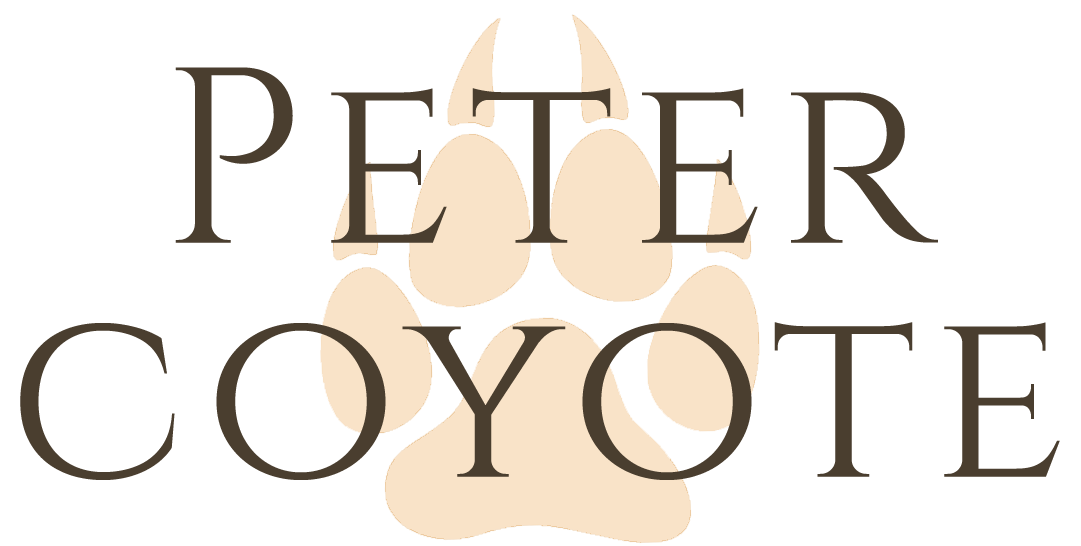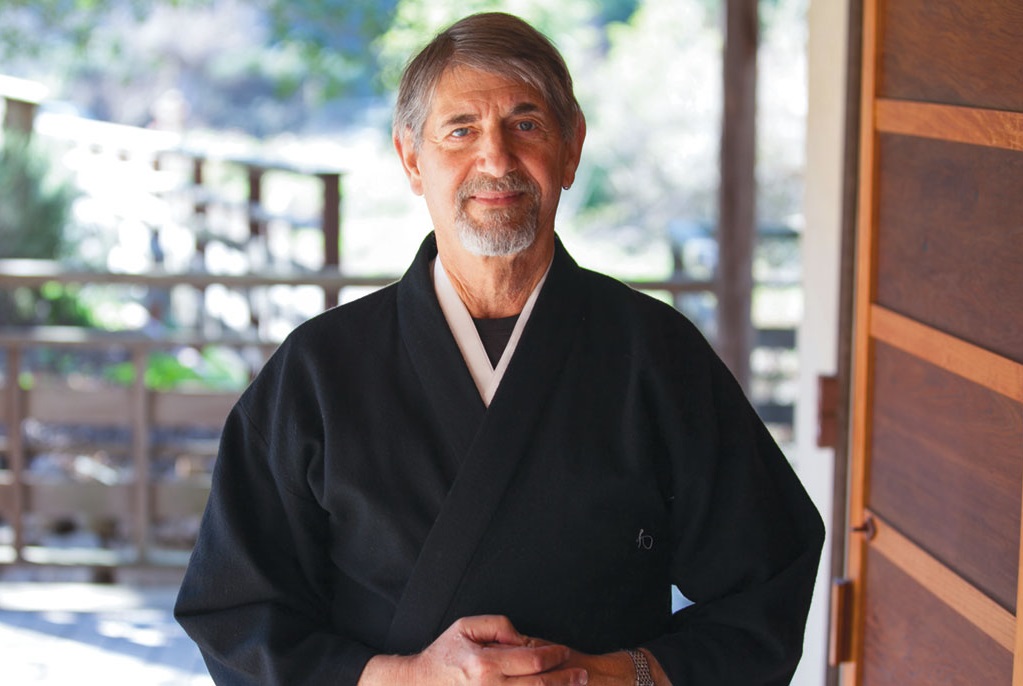The following text is from an aritcle written by David Brazier in May of 2025.
It has been a dramatic week. Continuing the adventure of my monk life, I came to California to deepen my connection with Zen and Zen friends and, in particular, to receive the Soto Zen Dharma successor transmission, “inka”, making me officially a Zen teacher within the Soto School and a Dharma heir of Shunryu Suzuki Roshi who was the founder of San Francisco Zen Center and perhaps the most important figure in the history of the arrival of Zen in North America.
I came at the invitation of Reverend Jishi, a Dharma heir of Suzuki Roshi, who was to be my transmission master. I had had much communication online, but this was the first time of us meeting in person. The meeting was an immediate and wonderful success. There are these times in life when something extraordinary happens and I knew that I had met not only a man of compassion and modesty, but also a perfect Dharma master for myself. Not only that, but I felt very at home in his house and with his family where I was received with affection.
So all was well. I arrived full of hope and anticipation and willing to go through the complicated ritual procedure. However, things do not always go smoothly. On the Saturday morning, I learnt that, during the night, the Reverend Master had had a heart attack and been rushed to hospital, and was in the emergency room. Furthermore, as I was at this time incubating a rather nasty cold virus that I must have caught on the flight over, it was wisely decreed that I should not see him nor go to the hospital nor to his house. What a lesson in impermanence it was! Suddenly I was alone again in quarantine getting occasional progress news. Would the master survive? The pathos of life and truth of the Dharma enveloped me.
So, there being nothing else for it, I applied myself to completing as much of the ceremony preparations as I so far had instructions for, praying for his wellbeing, and taking care not to worsen my own ailment, all the while anxious for news of progress and wondering what the morrow would bring.
Sunday came, Sensei had survived. An artery blockage had been opened. He was to come home and rest, which he did. I was still not able to see him, but heard that he was sleeping long hours. A heart attack must be very painful and leave one wiped out and needing plenty of recovery time. Meanwhile my sore throat turned into a painful cough and I also took to my bed. Fortunately the two women present, sensei’s wife and Annie, a sangha member (see below in this Newsletter), remained well, diligently cared for him and ran errands for me if I needed anything.
Monday dawned another bright sunny day. I was still sick. However, the master was doing well and, although still weak, was soon back on his feet, a remarkable come back, and I got further instructions to get to work on. What a relief ! It was the hottest day so far and the sunshine was probably aiding his and my recovery. I worked hard in the studio some distance from the house and got my part of the preparations completed.
The culmination of the week occurred on the Friday when the main ritual took place and I received the blessing and the insignia. By this time there were more people gathered and there followed a lavish celebratory meal and congratulations all round.
During my many years in Buddhism I have had a number of outstanding Dharma teachers, most notably, Jiyu Kennett Roshi (Soto Zen) who was my root teacher, Chogyam Trungpa (Kargyupa), Thich Nhat Hanh (Vietnamese Rinzai), and Saiko Gisho Sensei (Jodoshin). All have now passed on, so for some years I have been without a living master. However, with this transmission I acquire two new teachers, namely my ordination master and his own teacher. I feel deeply touched by their confidence and it is a wonderful thing to have them watching over me and, as it were, a home to go to. In Buddhism, it is not impossible to make progress without a teacher, but it is immeasurably preferable to have one who can hold up the Dharma mirror and also inspire one to melt into the practice. So, for these days it was a wonderful experience to spend time with my new teacher and to complete the initiation .
In all Buddhism, the Dharma is continued by transmission from heart to heart, mind to mind, teacher to disciple, but in Chan and Zen Buddhism, this is especially emphasized by an extensive secret ritual and often by daily recitation of the lineage of teachers all the way back to Shakyamuni. By this ritual, affirming the passing on of the Dharma, a person is established as a successor in the unbroken lineage of teachers and disciples, the spiritual ‘bloodline’ (kechimyaku) back to the Buddha himself. The preservation and continuance of the kechimyaku is a core principle of all the Zen schools. The ritual, however, is an esoteric affair as much reflecting tantric origins as ch’an tradition. As with the mysteries of Eleusis, so with the inka of Zen.
As I have written in previous issues, my interest is in melding the Zen and Pureland streams of Buddhism, which I see as complementary and naturally making a single whole that I have dubbed Nem Zen. This further initiation strengthens this purpose. Also, in Japanese Soto Zen, coming down from the time of Keizan Zenji, a couple of generations after Dogen, there are two extant lineages and all Soto Zen teachers belong to one or other. These are called the Gasan Ha and the Meiho Ha after their founding teachers, both of whom were disciples of Keizan. My root teacher Kennett Roshi was Meiho and Suzuki Roshi was Gasan, so I am now also having the experience of seeing the two sides of Soto come together.
I am immensely grateful for this blessing and, in my small way, will do all that I can to be a fitting vehicle for the transmission. The future is always unknown, but I go forward (“go forth” as we say in Buddhism), with faith and love in my heart. What a wonder the Dharma is !! Namo Amida Bu.

